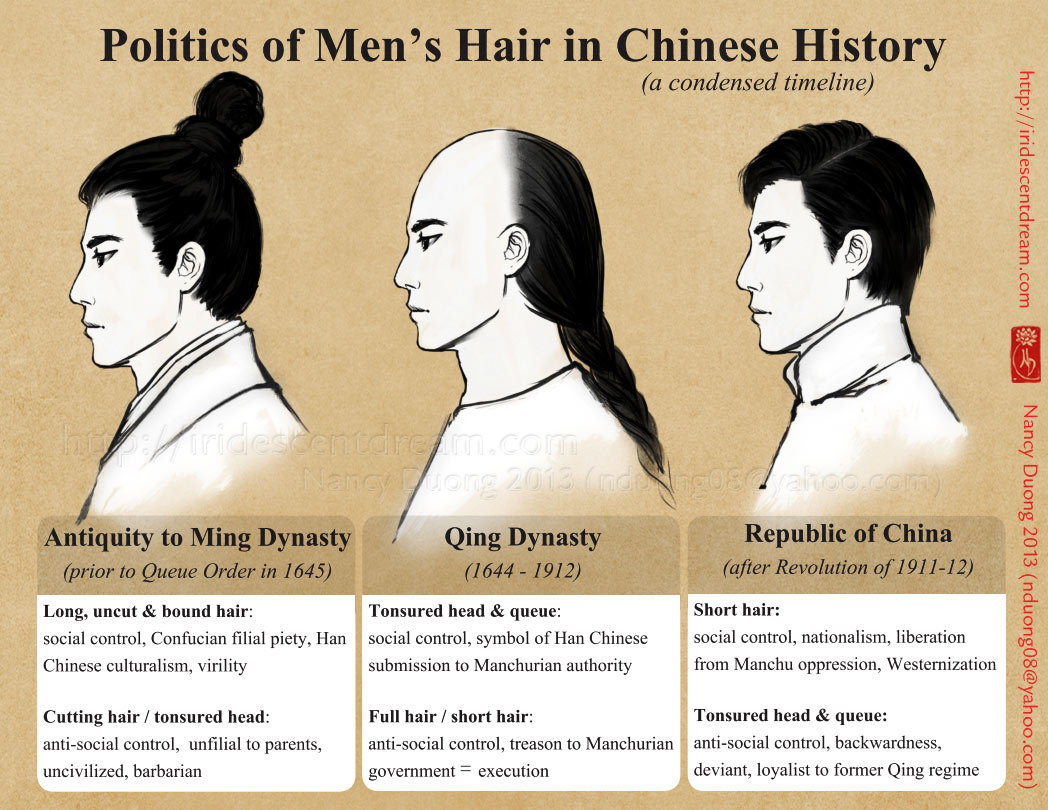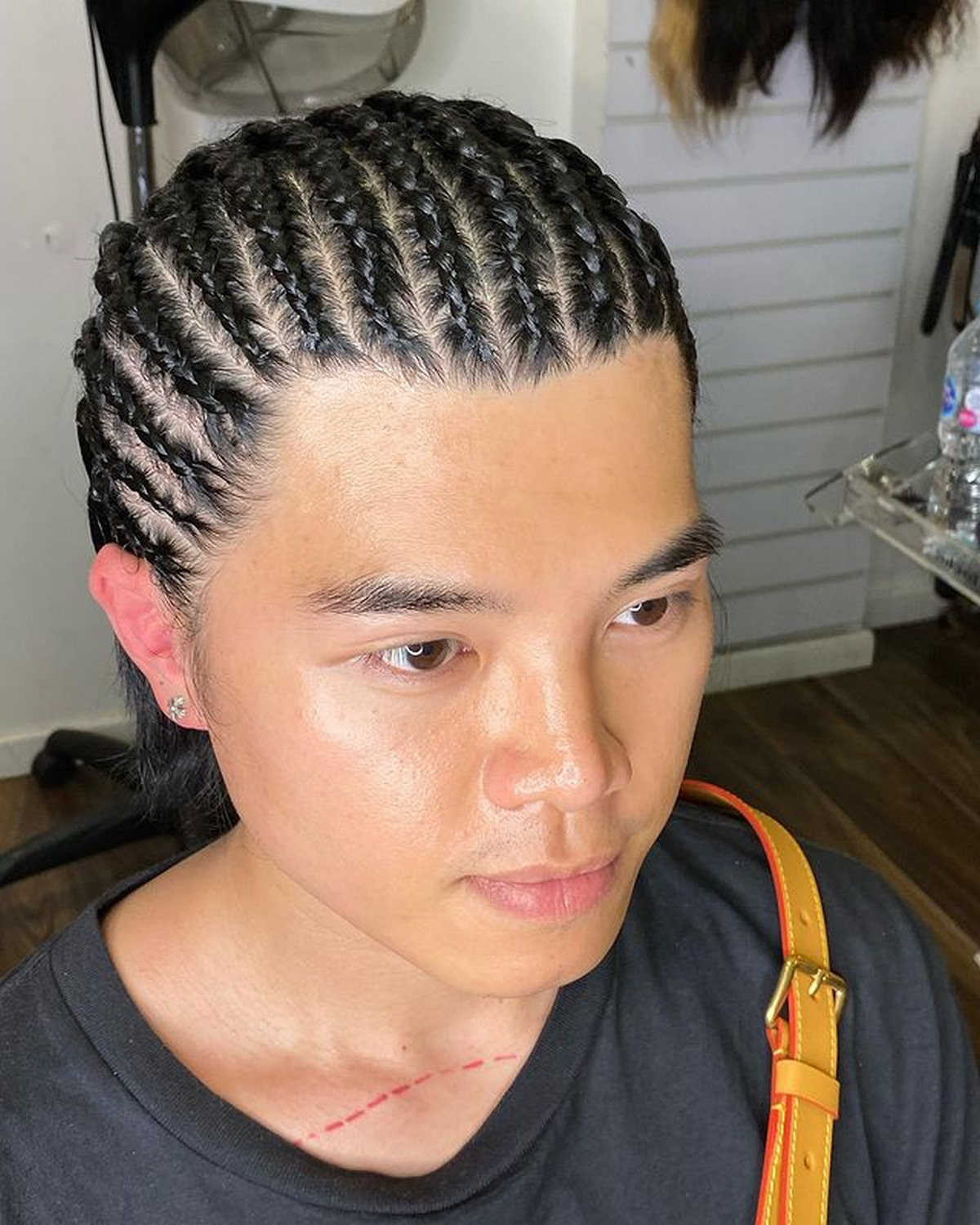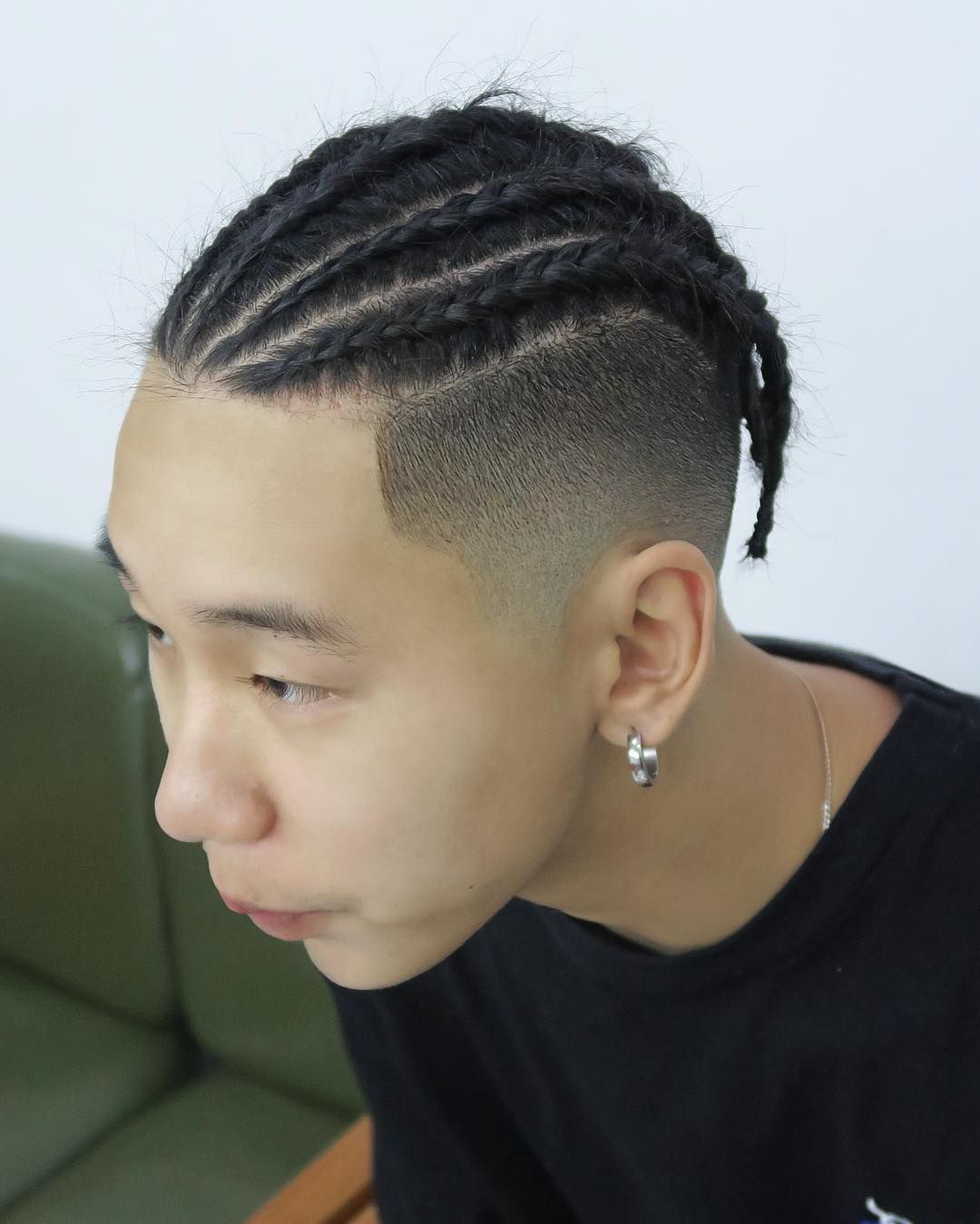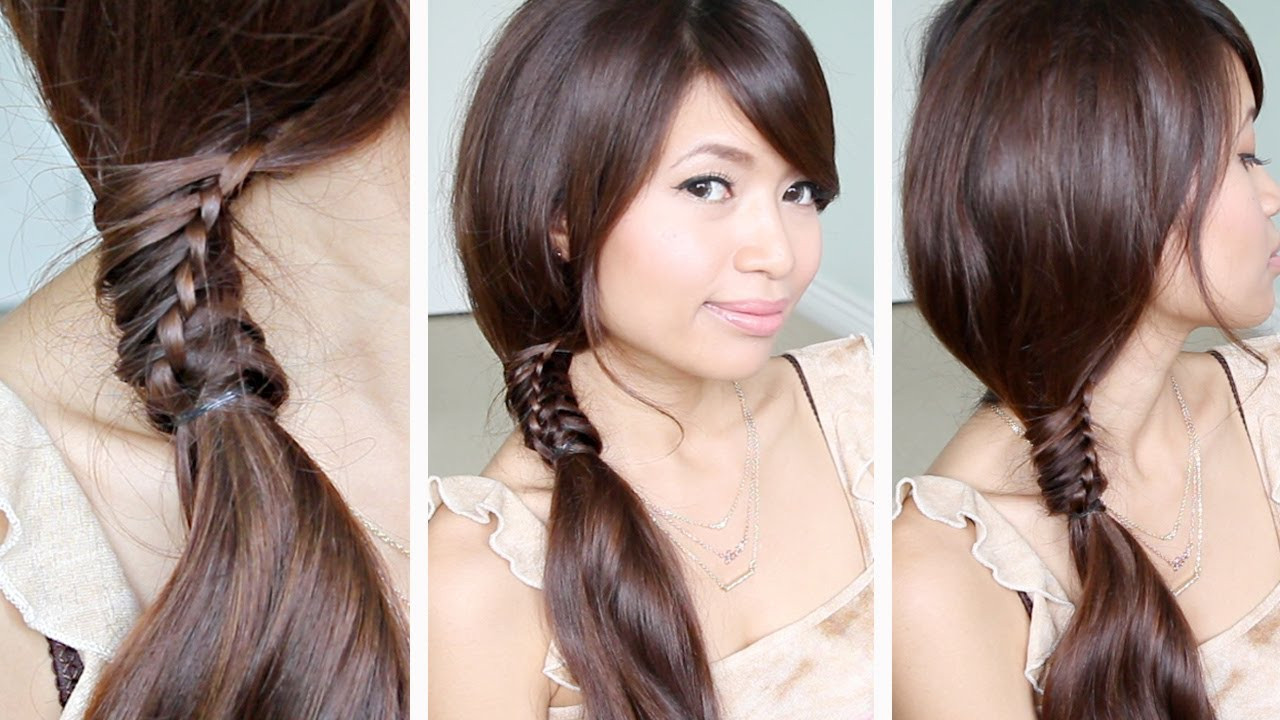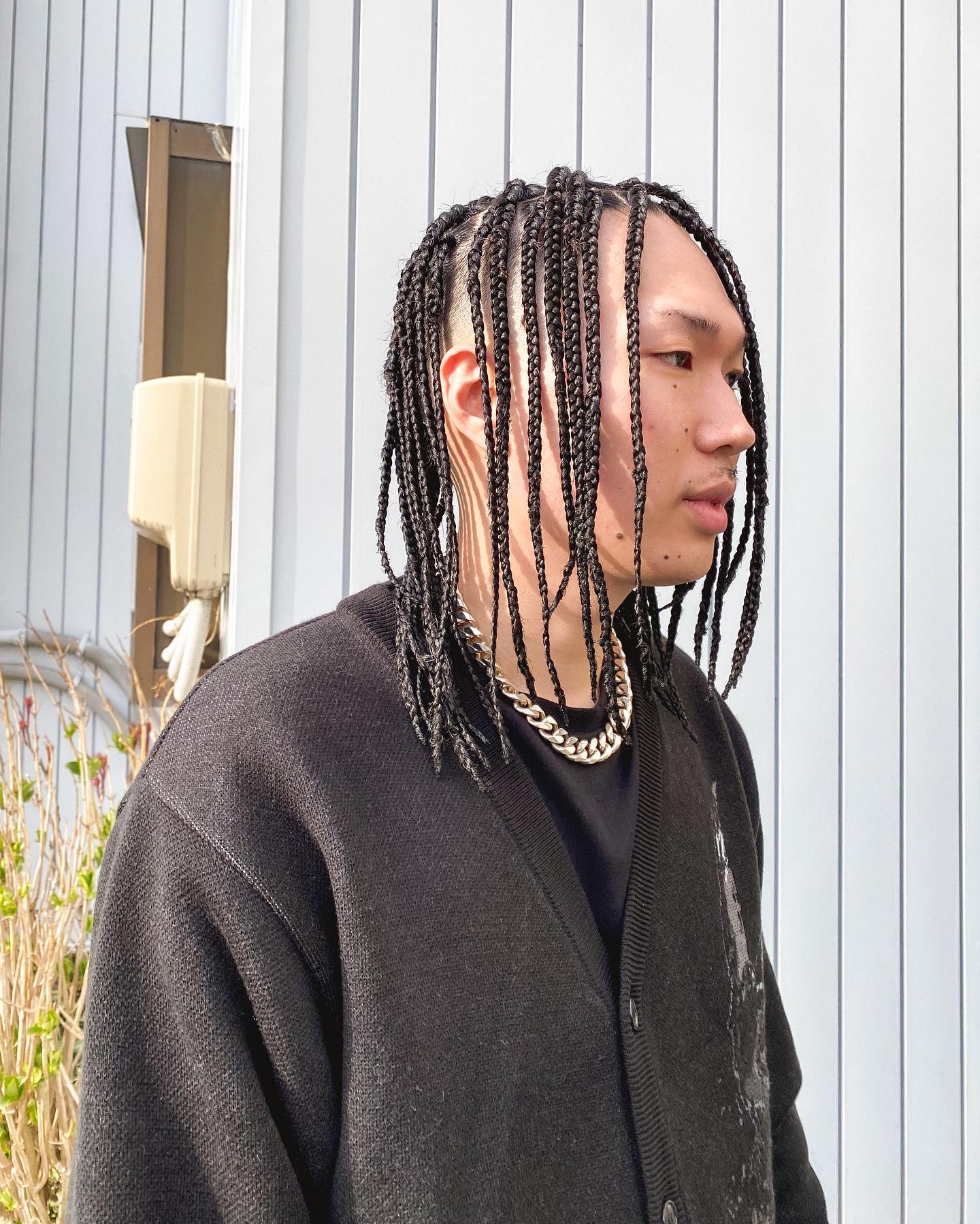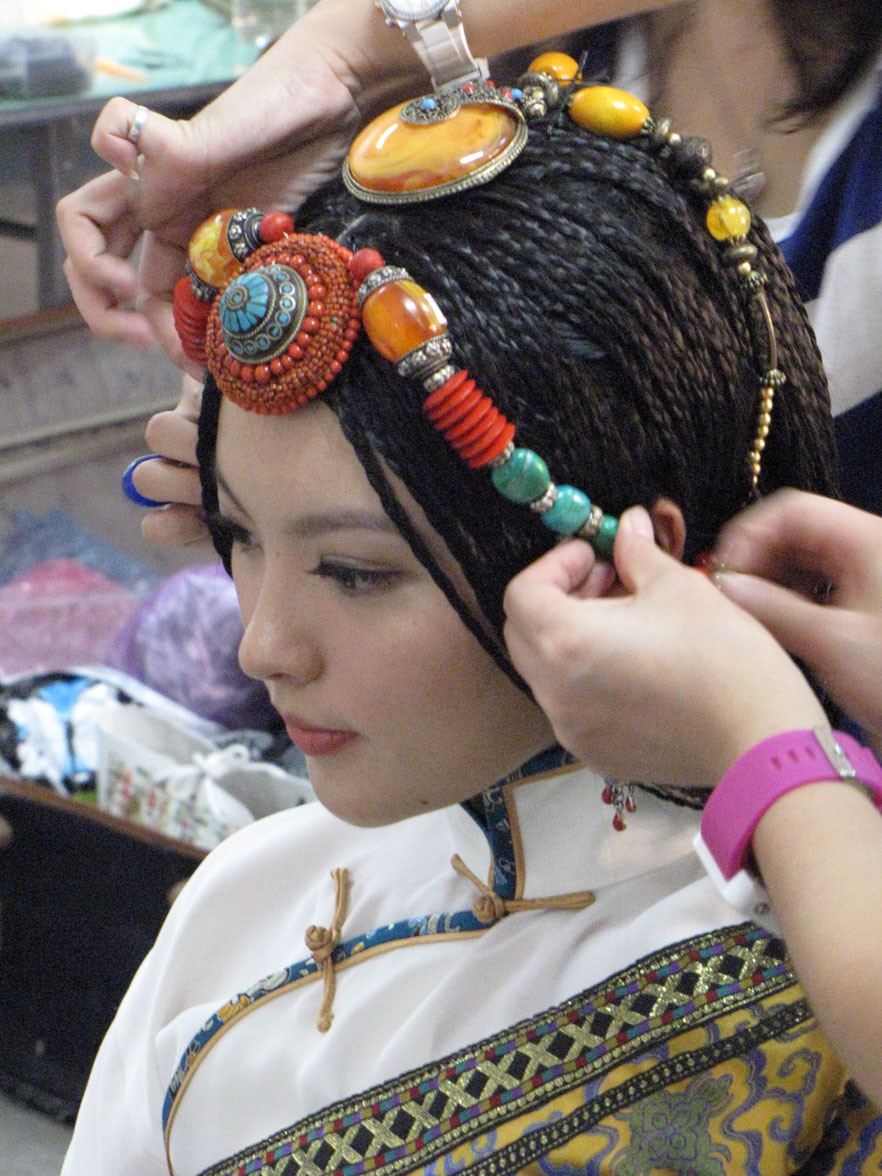Best Tips About Did The Chinese Wear Braids Easter Hairstyles For Women
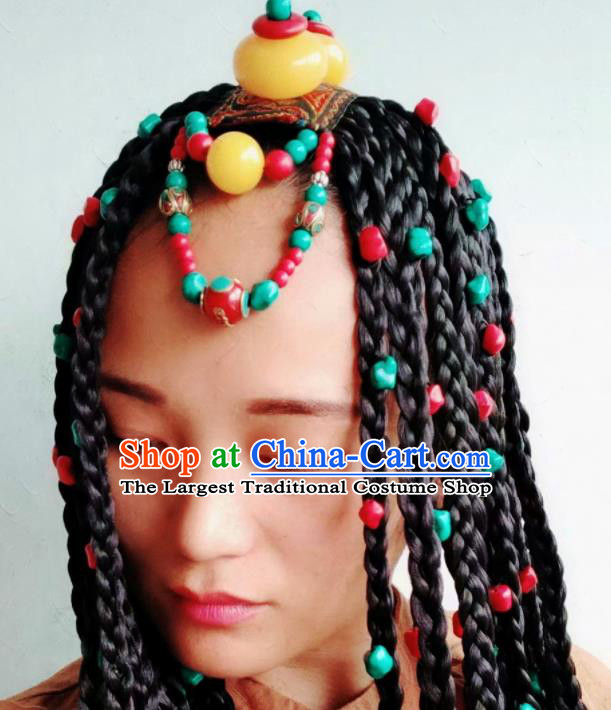
They signal a woman’s marital status, social rank, and tribal affiliation.
Did the chinese wear braids. In ancient china, unmarried girls and women typically wore simple braided hairstyles to represent their single status. Different women from different cultures wear this style. In other words, they go way, way back.
As far as brides were concerned, the chinese hairstyles preferred low buns, high buns, or a braided updo. In order to keep it out of their faces, everyone kept their hair reasonably long and pulled back. The manchu men have historically braided their hair.
Draped hair, chui ji (椎髻, one of the oldest buns in china), and braided hair. The jata hairstyle dates back to 1500 bc. China has said that 45 countries “responded positively” to the brazilian and chinese proposal for talks, without naming the countries.
How did ancient chinese men wear their hair? Hair accessories were usually kept basic. And in parts of europe and asia, married women sometimes wore braided hairstyles to symbolize their marital status.
Upon taking power the manchus established a law that required that all han chinese men shave the front of their heads and wear their hair in a single long braid that hung down the center of the back of the neck. In ancient china, young women wore their hair down or in simple styles to show they were unmarried. The low bun was the most popular style among brides, while the braided updo style was more complex.
The history of braids dates back to 3500 bc. Not all braids are created equal. In china, the braided bun is also common.
There have been some variations, but for the most part, men kept their hair long and braided them or tied them into a bun. This particular style looks like it’s a princess style. The hair knows no gender, but the braids do.
Han chinese did not object to wearing the queue braid on the back of the head as they traditionally wore all their hair long, but fiercely objected to shaving the forehead so the qing government exclusively focused on forcing people to. Amorim, the presidential adviser from brazil, said. Cornrows are often done in simple, straight lines, as the term implies, but they can also be styled in elaborate.
In the seventeenth century, shortly after the start of the qing dynasty, led by the manchu, the “queue order” ruled that the male chinese population should shave the front parts of their head and wear a long braid down the back. In ancient china, young single women used to wear their hair down to show to the public that they were unmarried. Now, chinese men keep short hair, so guan stays in history for good, but the coming of age ceremony has been recovered in many places.
How did the queue — a hairstyle characterized by a bare forehead and a single long braid of hair — come to define the qing dynasty, and subject those who wore that hairstyle to mockery from outsiders? Both men and women wore their hair in top knots or braids to represent harmony and order. In 1645, the tifayifu edict forced han chinese people to adopt the manchu hairstyle, the queue, and manchu clothing.






